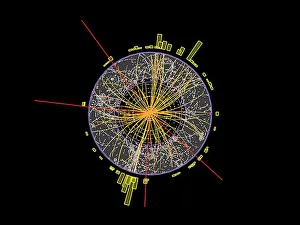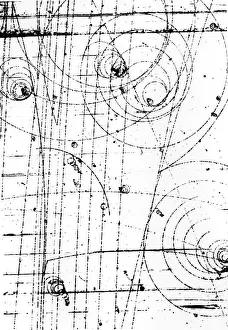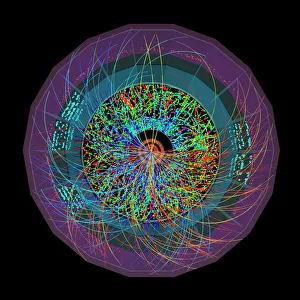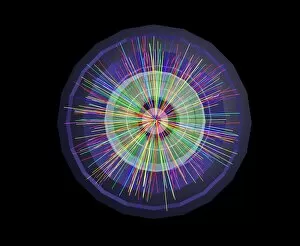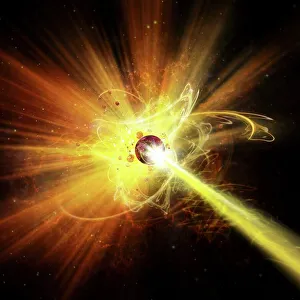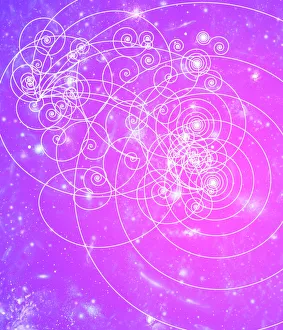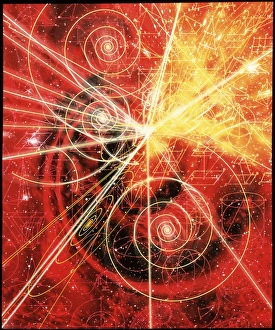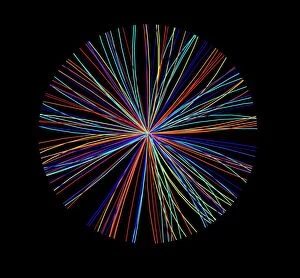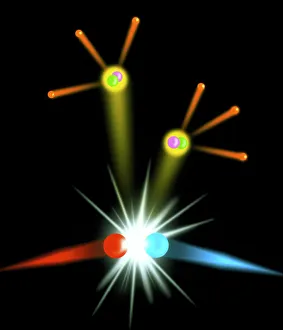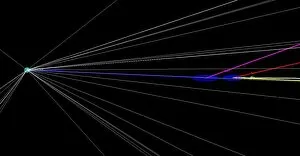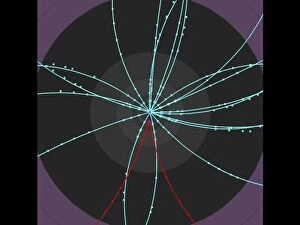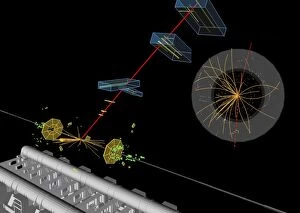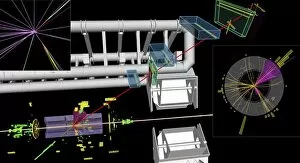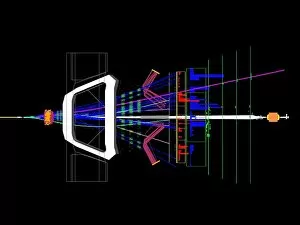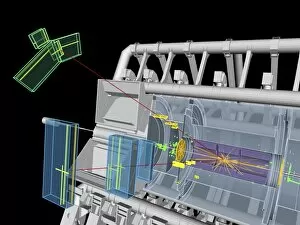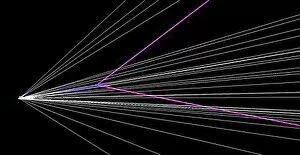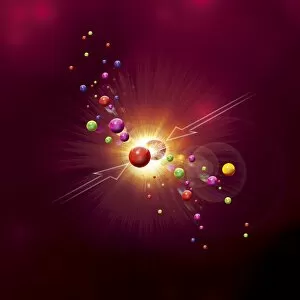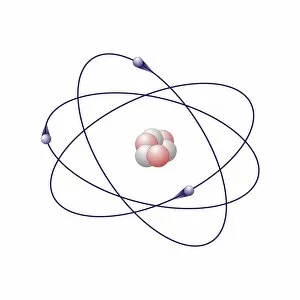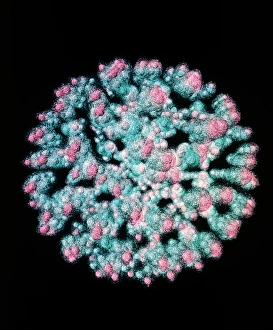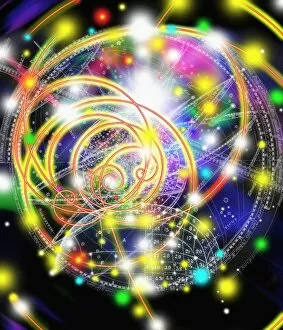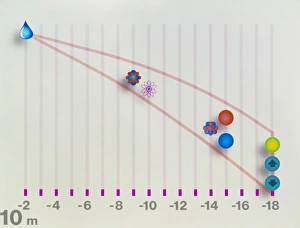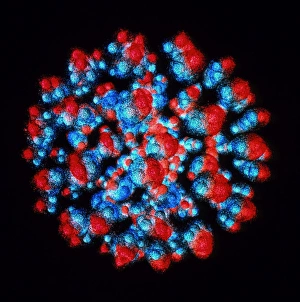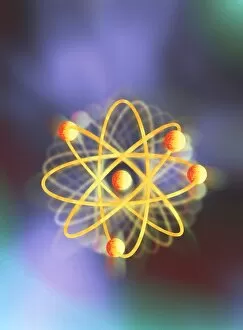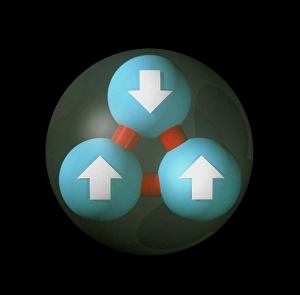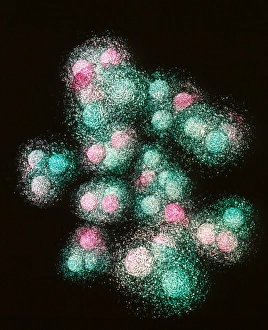Subatomic Particles Collection
"Unveiling the Mysteries of Subatomic Particles: A Journey through Time and Discoveries" In 1797, a groundbreaking event took place with the proton collision C014
All Professionally Made to Order for Quick Shipping
"Unveiling the Mysteries of Subatomic Particles: A Journey through Time and Discoveries" In 1797, a groundbreaking event took place with the proton collision C014, marking a significant step in understanding subatomic particles. This collision paved the way for future discoveries, including the first observation of the omega-minus particle. Throughout history, lead ion collisions have played a crucial role in unraveling the secrets of these tiny entities. These collisions have allowed scientists to delve deeper into their properties and interactions. One remarkable breakthrough was made with the detection of Higgs boson, depicted beautifully in artwork C018 / 0936. This elusive particle's discovery shed light on how other particles acquire mass and further expanded our knowledge of subatomic realms. James Chadwick, a brilliant British physicist (C017 / 7111), also contributed significantly to this field. His research on neutron radiation led to his discovery of this neutral subatomic particle that completes an atom's nucleus. Artwork C018 / 0942 captures another pivotal moment – a mesmerizing collision between particles. Such collisions provide valuable insights into their behavior and help us comprehend fundamental forces governing our universe. Not only do we find traces of these particles within galaxies (particle tracks on galaxies), but they also leave behind intricate patterns when observed on geometric surfaces (particle tracks on geometric patterns). These visual representations aid researchers in studying their movements and characteristics more effectively. Werner Heisenberg, an influential German physicist (C017 / 7123), introduced uncertainty principles that revolutionized our understanding of subatomic particles' nature. His work emphasized that certain aspects remain inherently uncertain at such minuscule scales. The significance of lead ion collisions cannot be overstated; they continue to propel scientific advancements even today (Lead ion collision C014 / 1793). As technology advances further, we can anticipate more astonishing revelations about these building blocks of matter – subatomic particles.

